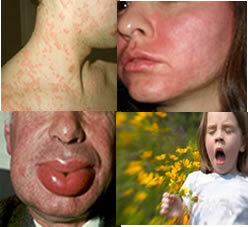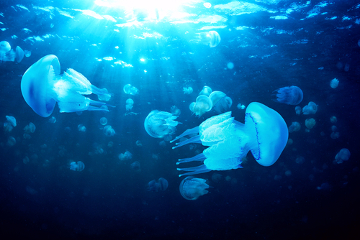Many plants we know are capable of forming flowers and fruits. The fruits are, in fact, the result of transformations that occur in the flower, after its fertilization.
Flower fertilization takes place in the following way: a structure, the stamen, produces the pollen grain within a region called the anther.
When the anther matures, it releases these grains. If they enter another location on the flower, called the stigma, they go to the flower's ovary, fertilizing it.
After fertilization, the flower undergoes some modifications, transforming its parts into fruit and seed.

This meeting between the pollen and the ovary is called pollination. It can occur between the pollen and ovary of the same or different flowers. The wind helps a lot in this mission, carrying the pollen with it to other plants.

In addition to wind and rainwater, some animals can also pollinate, do you know how?
The flowers usually have a striking scent and colors. In addition, they may have a nectary, which is the place where substances with a very pleasant flavor are found for many animals (nectar).
When visiting the flower, whether to feed on nectar, pollen or even other structures, such as petals, the pollen can stick to the body of these animals. Thus, when they are directed to another plant of the same species, they can cause pollens to enter their stylet, fertilizing the ovary!
Some pollinating animals are: bees, ladybugs and other beetles, flies, moths, butterflies, birds (such as hummingbirds) and certain bats.
When pollination is done by wind, it is called anemophilia. When made by water, hydrophilicity. In the case of animals carrying out pollination, the name given to this phenomenon is zoophilia.
By Mariana Araguaia
Biologist, specialist in Environmental Education
Kids School Team



